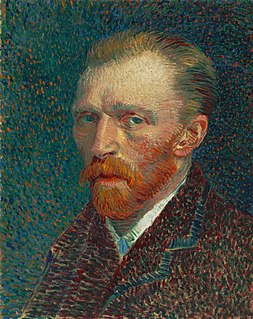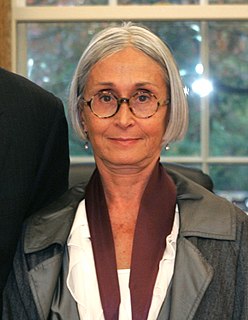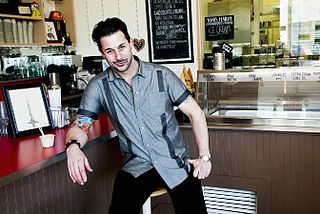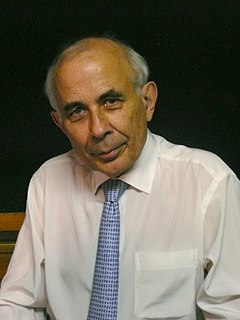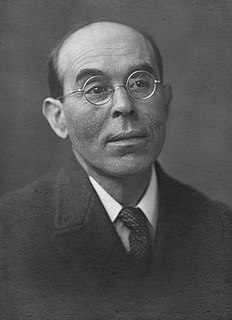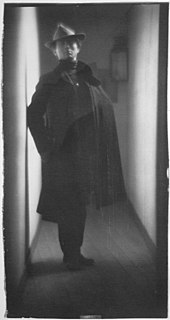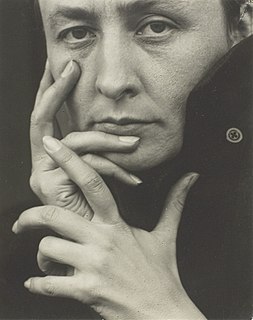A Quote by Michelangelo
An artist does his most difficult work when he steps back from the blank canvas and thinks about what he is going to create.
Related Quotes
Just slap anything on when you see a blank canvas staring you in the face like some imbecile. You don't know how paralyzing that is, that stare of a blank canvas is, which says to the painter, ‘You can't do a thing’. The canvas has an idiotic stare and mesmerizes some painters so much that they turn into idiots themselves. Many painters are afraid in front of the blank canvas, but the blank canvas is afraid of the real, passionate painter who dares and who has broken the spell of `you can't' once and for all.
Just let the artist sign an empty canvas or a frame, with the inscription, 'I had such and such a concept in mind' for this work. The artist then need not bother with producing the work, and therefore need not be worried about being dis-satisfied. All he or she needs to do is to sell it to a collector. The collector will have the guarantee that the artist thought about the work, even if momentarily, and therefore be satisfied.
The artist seeks contact with his intuitive sense of the gods, but in order to create his work, he cannot stay in this seductive and incorporeal realm. He must return to the material world in order to do his work. It's the artist's responsibility to balance mystical communication and the labor of creation.
You know, Hitler wanted to be an artist. At eighteen he took his inheritance, seven hundred kronen, and moved to Vienna to live and study... Ever see one of his paintings? Neither have I. Resistance beat him. Call it overstatement but I'll say it anyway: it was easier for Hitler to start World War II than it was for him to face a blank square of canvas.
Inspiration is the most valuable commodity for an artist; it is for me anyway. I can't move forward in any way if I don't feel a strong spark of excitement or creativity. Sometimes it is very difficult to get things flowing. It's important to be in a peaceful state of mind, and then I invite the spirits to come into the studio. I don't stare into a blank canvas or paper. I look through my various collections of books, toys, statues, photographs and other things, and something will trigger an idea. My studio is packed full of things that inspire me.

